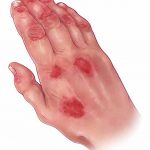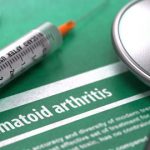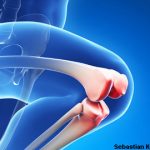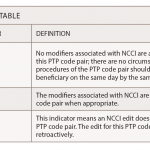ATLANTA—As many rheumatologists will recall, it was not too long ago that psoriatic arthritis was regarded somewhat like “rheumatoid arthritis with a rash,” with little attention paid to the ways in which the unique pathophysiology and manifestations of this entity make it distinct from other forms of inflammatory arthritis. At the 2019 ACR/ARP Annual Meeting…






